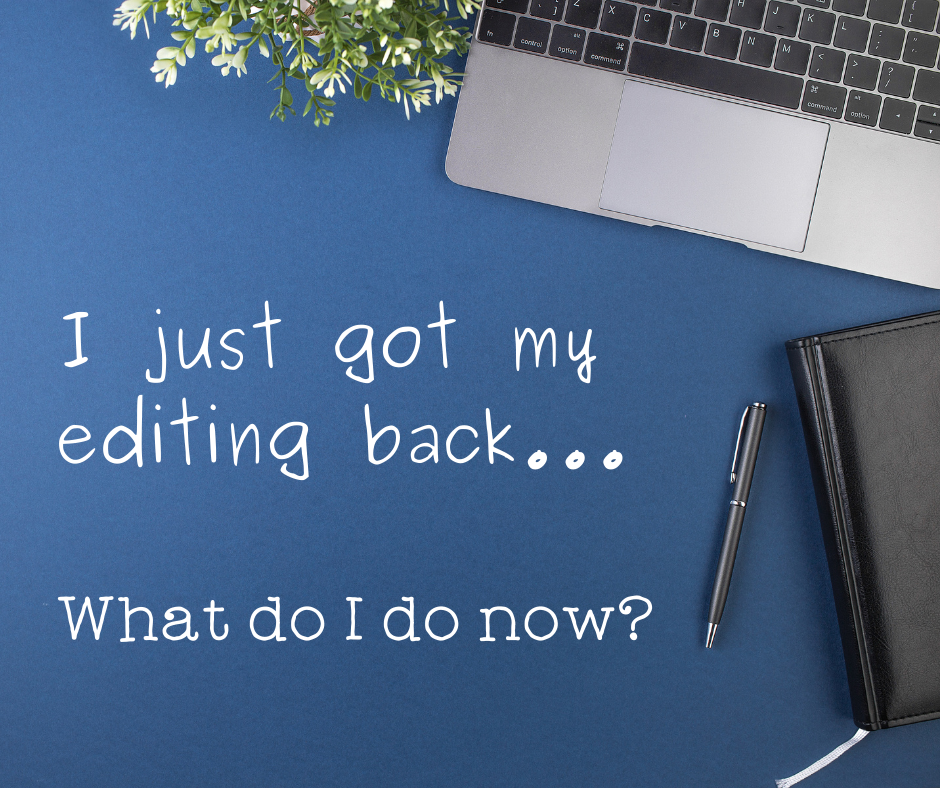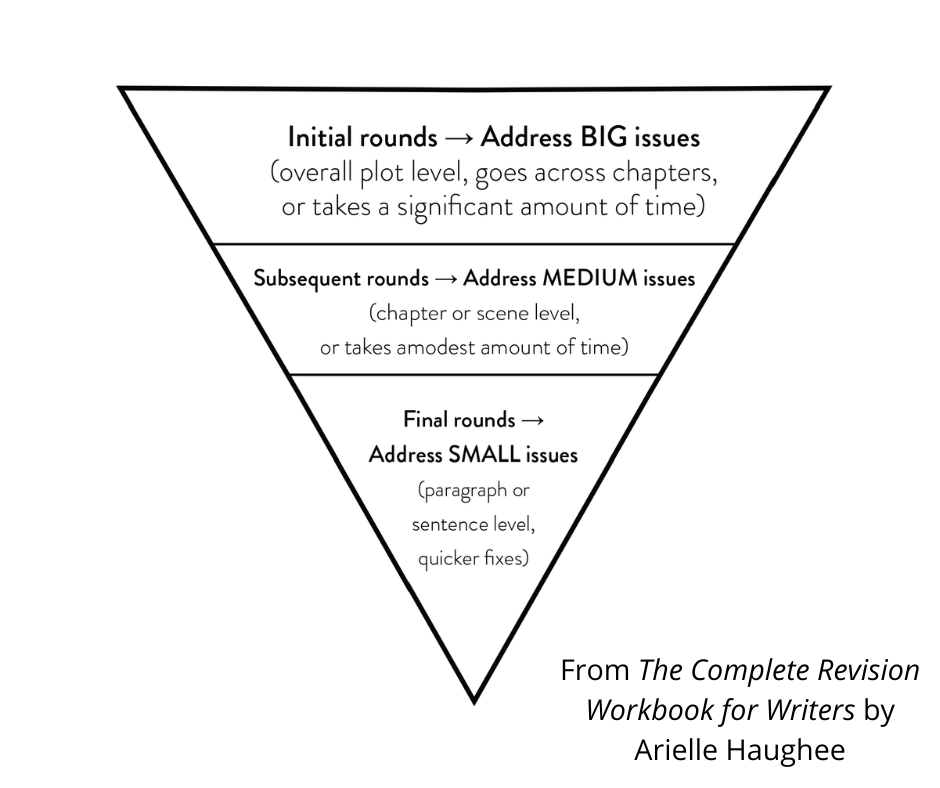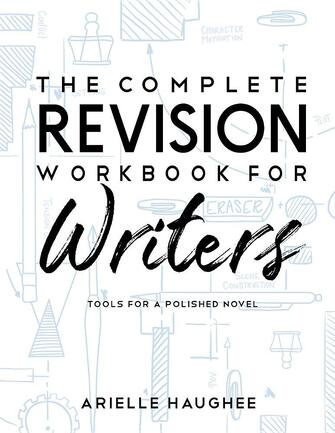|
Post by Arielle Haughee I just got my editing back....What do I do now?There it is. A doc file full of red lines, corrections, and comment bubbles. So many comment bubbles. It seems like it would be better to feed your manuscript to wild pigs than to actually try and fix it. What in the world should you do next? First, take a deep breath. Remind yourself that you can do this. Repeat: “I am a badass and I will annihilate those revisions.” Because you will…one issue at a time. Review Your FeedbackStart by reading all of your feedback, whether your editor put comments in your manuscript, wrote out a separate doc, or both. Read everything. Take a few days to let things roll around in your mind. It’s completely normal to have an emotional reaction and think you are a terrible writer. Remember, “I am a badass and I will annihilate those revisions.” Put all thoughts of wild pigs aside. Sort Issues by SizeWhen you are ready to dive in, or force yourself to after a few days, sort the issues your editor pointed out by size. Big issues are at the overall plot level, often going across chapters, and take a significant amount of time to fix. Medium issues are at the chapter or scene level and take a moderate amount of time to fix. Finally, small issues are at the paragraph or sentence level. These are your quicker fixes. Some examples of big issues include having an unlikable main character or the dreaded saggy middle. Medium-sized issues could be that the story doesn’t start in the right place or the narrative balance is off. Smaller issues include cluttered sentences and weak opening lines. Sometimes a lot of smaller issues—things that repeat throughout the book—can become a big issue if you have to spend a lot of time correcting it (like messy prose throughout). Make a Plan Make a plan to work on these issues by size. Your first round of revision should be for big issues only. Ignore the small stuff. Your next round(s) should be those medium-sized problems. Then tackle the small stuff in the last few rounds. How many rounds should you do? That depends on your manuscript. If it’s your first time, you may have more revision to do on this book than on your future books. Also, pantsers (those who don’t plot ahead of time) usually have more work to do during revision. So it all depends on your level of experience and the amount of planning done beforehand. Executing Your PlanMaking the plan is the easy part, sticking to it is not. There are some occasions when going off-plan is appropriate—if there are smaller issues you can fix while correcting a big one, then great! Trying to tackle every single thing in one round will be overwhelming and near impossible. Keep with the plan of doing multiple rounds, focused on issue size. Include a timeline in your revision plan. How much time realistically will this take you? Now set dates for when you’ll finish the big issues, then the medium, then the small ones. Don’t worry, you can adjust as needed as you go along. Take a break if you need to as you are working, but don’t leave your manuscript for more than a week or two or you’ll forget necessary details. Once you’ve worked through the revision process, stand on the roof of your car—preferably in a public place—and yell: “I am a badass and I annihilated those revisions!” If you liked these tips, check out The Complete Revision Workbook for Writers: Tools for a Polished Novel by Arielle Haughee. She expands on this systematic approach to revision and provides over 180 pages of tools to help you revise. On sale now for $10!
0 Comments
Leave a Reply. |
AuthorArielle Haughee is the owner and founder of Orange Blossom Publishing. Categories
All
|
Proudly powered by Weebly





 RSS Feed
RSS Feed